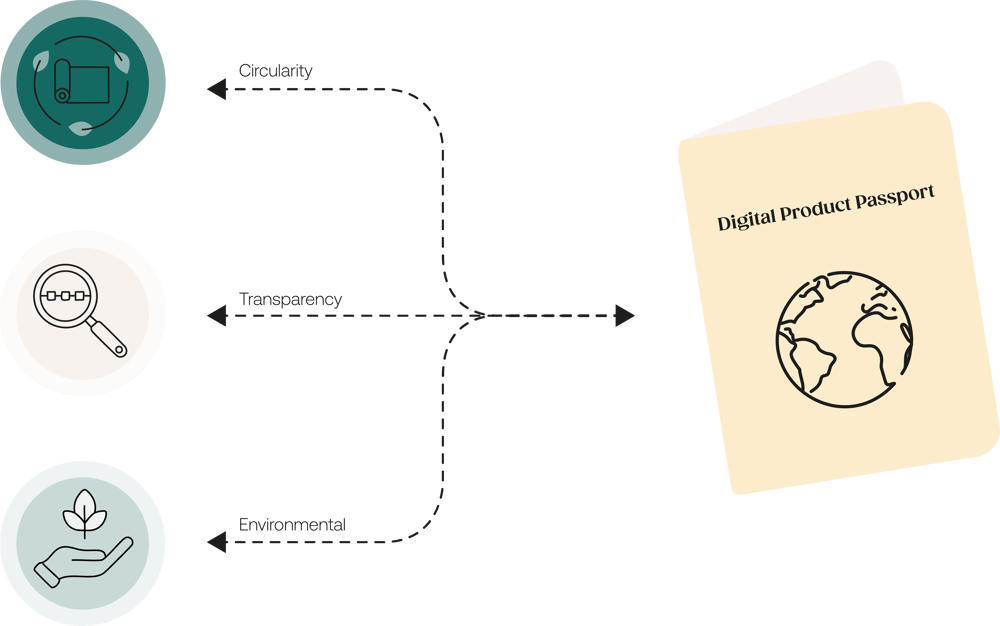

updated the 28.04.2025
Understanding the Ecodesing for Sustainable Products Regulation

Does the Ecodesing for Sustainable Products Regulation affect your company?
At Delogue, we have been in contact with Michelle van Velthoven Utzon-Frank from DM&T, who emphasizes that the timeline for the ESPR remains tentative and subject to change. The EU Commission adopted the ESPR work plan on 16 April 2025, confirming that textiles remain a priority sector. According to the plan, the delegated act for textiles is expected to be finalized in 2027. Once adopted, companies will have 18 months to comply, meaning the requirements would likely apply from late 2028
While the regulation is not yet mandatory, it will apply to all companies once in force. This means that regardless of your size, you will need to comply. Although the acts are still being finalized, it’s clear that your products must meet specific standards.
How to work with the Ecodesing for Sustainable Products Regulation ?
You can organise your documentation into three main areas to ensure a comprehensive approach:
- Transparency: Document your supply chain by gathering as much data as possible about the products you sell. Identify your suppliers and sub-suppliers, and use your Bill of Materials (BOM) to enhance visibility across your supply chain. This transparency will be key when the ESPR takes effect.
- Circularity: Integrate circular economy principles into your value chain, both upstream and downstream. Focus on creating more durable products by refining design processes and choosing preferred materials that support sustainability. Also, consider the product's lifecycle - what are the customers' possibilities for disposal of the product once they no longer need it?
- Environmental Impact: Work with suppliers that hold certifications and, if possible, partner with companies that specialise in environmental impact calculations. Testing materials will also help ensure compliance with future requirements.
How is the Ecodesing for Sustainable Products Regulation connected to other initiatives, regulations and laws?
The ESPR aligns with the Corporate Sustainability Due Diligence Directive (CSDDD) by focusing on minimizing environmental impacts. While the CSDDD addresses due diligence across the entire value chain, the ESPR focuses specifically on the products themselves, ensuring that companies take responsibility for their product’s lifecycle.
The ESPR also complements the EU Taxonomy for Sustainable Activities by establishing criteria for what creates an environmentally sustainable product, making it easier for businesses to classify their products under the taxonomy's 6 environmental areas. This alignment promotes consistency in sustainability efforts across the EU, helping companies navigate the overlapping regulatory landscape and adopt more sustainable business practices.
